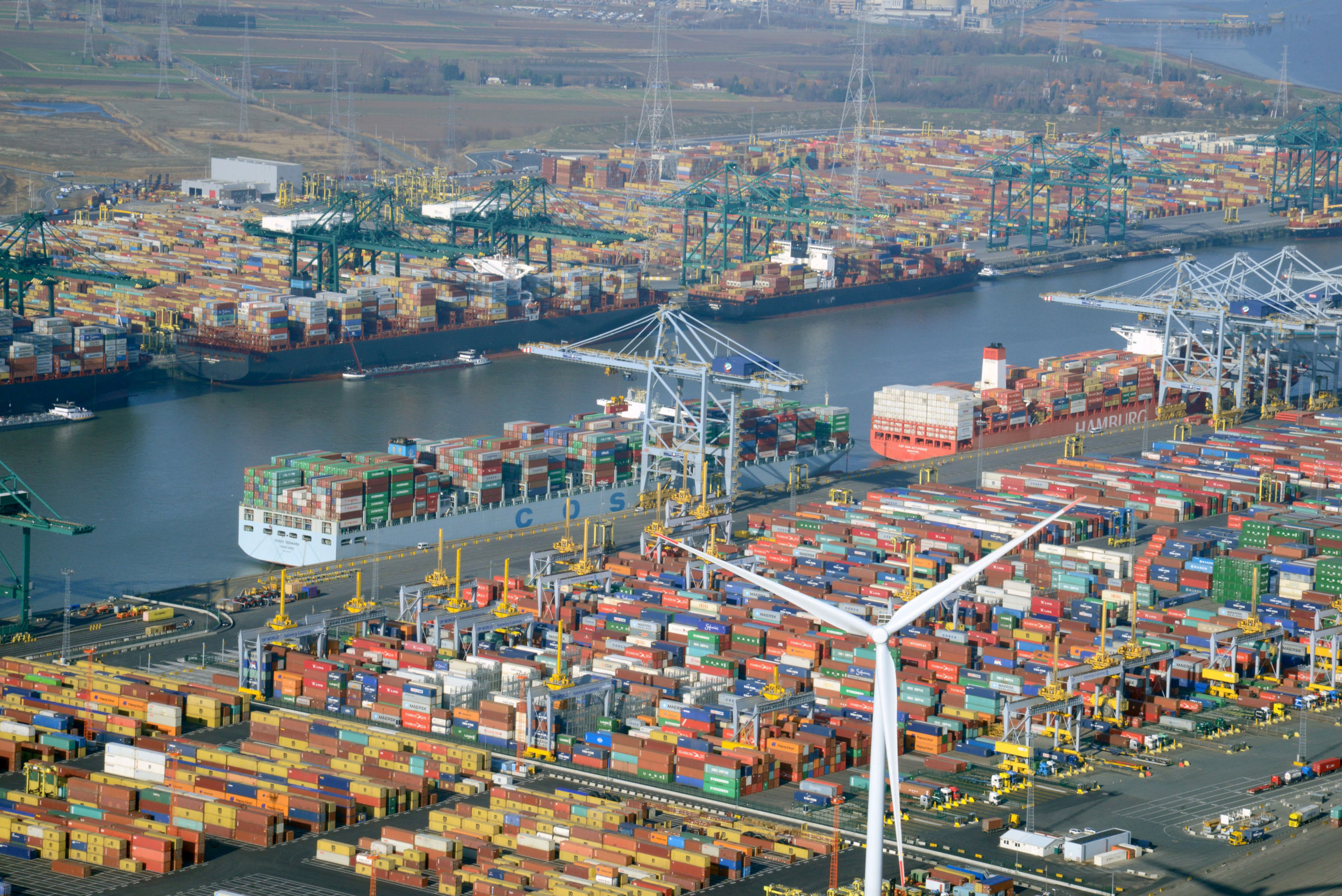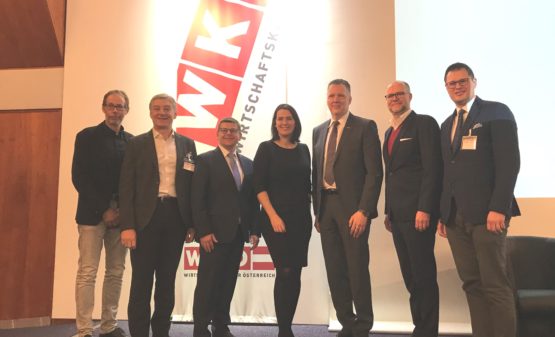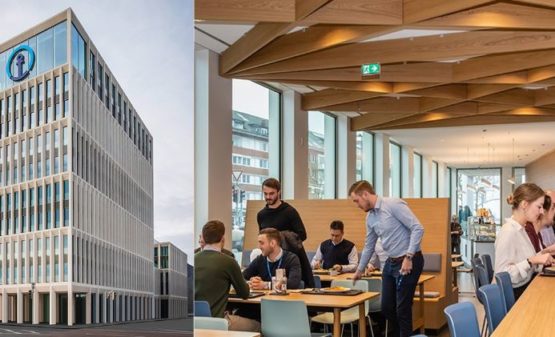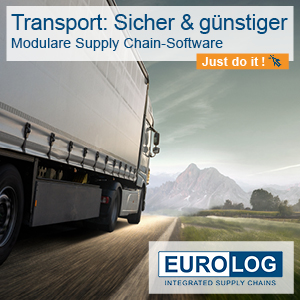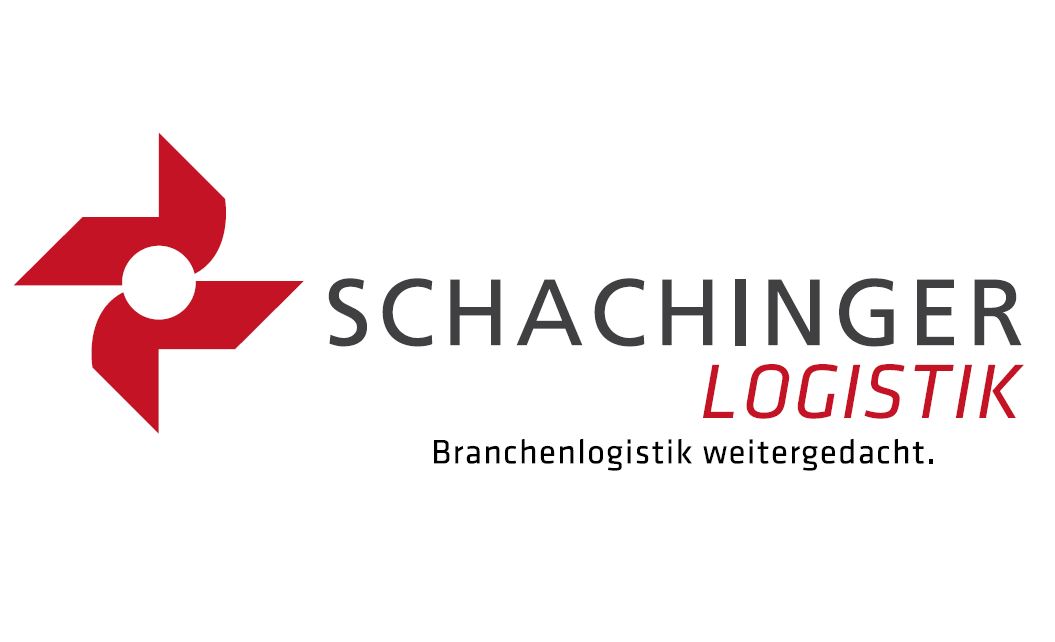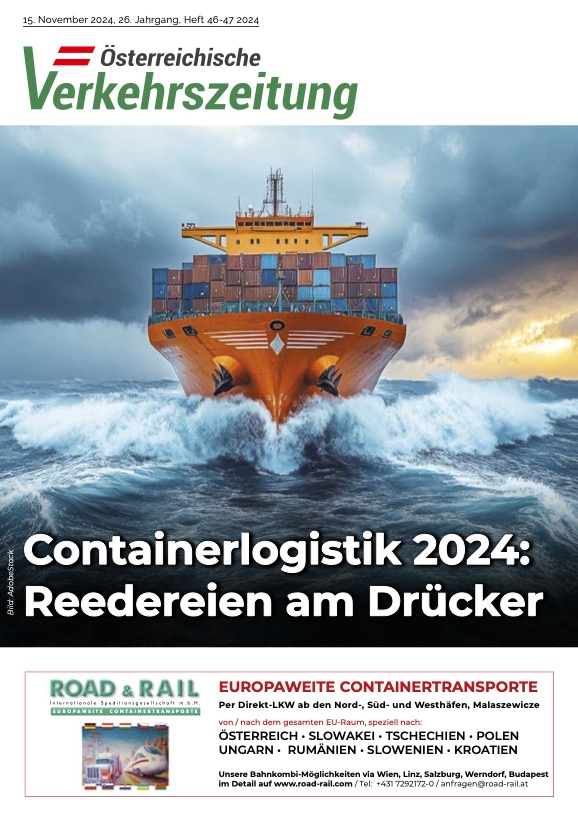The initiative to improve mobility in and around the port of Antwerp shows its first results. It was launched one year ago by the Antwerp Port Authority and private sector companies to reduce the mobility pressure on passenger and freight transport with temporary, short-term measures in addition to structural, long-term solutions.
“Mobility is one of our five strategic spearheads. To ensure further sustainable growth of the port in future, it must remain accessible both to people and to goods,” explains Port Authority CEO Jacques Vandermeiren.
Freight transport by road is still a headache. Long-term solutions such as the Oosterweel connection bring major disruptions in the form of infrastructure work. The Port Authority is therefore keen to encourage the port community to make greater use of night logistics, since all the necessary infrastructure is already there.
But this can only be successful if all the parties involved commit themselves to changing their policies. For this purpose a Night Logistics Action Plan has been set up and workshops with all the parties involved (shippers, forwarders, shipping companies, terminals, agents, hauliers etc.) will begin in October. With this project the Port Authority seeks to emphasise its role as community builder. Here we have a good example of collaboration across sector boundaries to offer a solution to a challenge facing society.
In order to deal with the problem of the lack of parking space in the port, a large, modern truck park is being built on the Left bank. This will offer space for 370 trucks, with all modern facilities including toilets and showers, wifi, camera surveillance and vending machines. It will also be energy-neutral, thanks to solar panels.
Once planning permission has been obtained this truck park is expected to be in use by the summer of 2020. TThe Port Authority is investing EUR 8.3 million in this project. here is already a truck park with 200 spaces on the right bank, where the facilities will be expanded and modernised on the model of the left bank.
In the barge transport sector, Antwerp Port Authority signed a Container Barge Action Plan earlier this year with three main components, namely scheduling & collaboration, consolidation and digitisation. These measures in combination should make container barge transport more efficient, for all partners in the supply chain. Various pilot projects will start this autumn.
Rail at present only accounts for 7 per cent of transport within the port, a situation that urgently needs to change. In addition to promoting barge transport the Port Authority aims to put its full support behind rail transport, with the aim of doubling the amount of use made of rail in the next five years. Responsibility for making this happen has been assumed by Railport, a joint initiative by Antwerp Port Authority, the Left Bank Development Corporation and the industry associations essenscia Flanders and Voka Alfaport.
Port Authority Mobility Manager Tom Verlinden explains: “To improve mobility in and around the port we aim to create a modal shift that brings the share of truck transport down from 55 per cent to 43 per cent by the year 2030. To help achieve this we want to double the share of rail transport to 15 per cent and to raise the barge share from 38 per cent to 42 per cent. At the moment we are already getting 2.1 million trucks off the road annually thanks to barge transport. That’s more than 8000 trucks per day, which is to say we avoid a continuous line of trucks 120 km long. Further gains in efficiency can only improve this situation.”


